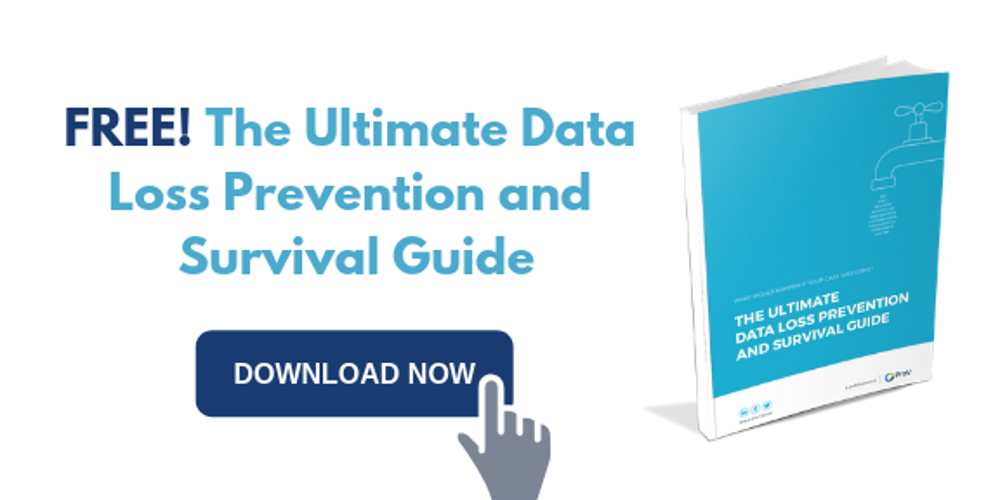The “Internet of Things” (IoT) as a concept was officially named so in 1999. However, the concept of connected devices can be traced back to much earlier. For example, a Coca-Cola machine at Carnegie Melon University was connected to the internet in the early 1980s—local users could connect to it to check if there was a cold drink available before making the trip to the machine. Then, around 2013, the whole IoT market exploded. With the advent of Big Data and the growth of AI, we are not far from living in a truly connected world. Security, however, remains one of the main stumbling blocks before IoT takes over.
The security aspects of an IoT infrastructure are complicated, to say the least. Companies dealing with IoT threats often bemoan the lack of standards in place, including incoherent hardware, software, and communication controls. An IoT security plan needs an end-to-end strategy encompassing IT infrastructure, operational commands, the cloud and consumer technologies working in harmony to ensure safety.
IoT-based attacks have too many repercussions to ignore. This year, we have already seen how DDos attacks on Le Monde and Le Figaro websites during the presidential election in France could’ve had major political consequences across the world. In 2016, another such DDos attack had hit Dyn, costing them a princely $250,000/hour in service outages. On the backdrop of such instances, we can see that risks have grown as more and more devices get connected to the IoT. Nefarious hackers can now cause threats to human safety and even start wars. We must find ways of protecting against it without stunting the development of technology.
Microsoft, a global leader in IoT innovation, has come up with a plan to evaluate the IoT infrastructure security using the following 4 steps:
1) Evaluate Your Threats
The first step of protection involves identifying and evaluating the kinds of threats you can encounter during the entire lifecycle of an IoT infrastructure including design, deployment and operations. Threat-modeling analysis can help you discover potential threats and prescribe actions to negate the risk.
2) Evaluate the Consequences
Not every process in your organization will be wary of threats. Not every process affected will have massive consequences to your business. It is good to prioritize and list your most critical processes and secure them before moving on to the more ordinary ones.
3) Choose Your Evaluation Strategy
After selecting and prioritizing your list of processes, it is time to choose the best methods of protection for them. You can compare various solutions with your needs to find the best value for money protection you can have.
4) Select Your Evaluator
You can use the Security Program for Azure IoT selection matrix to conduct the evaluation and measure the kind of services you have and need. You can add any other criterion you want to your SLA, before signing up with a partner.
These 4 points sum up Microsoft’s IoT infrastructure Security Evaluation Framework. ProV International is a long-time partner of Microsoft Azure and can ease your transition into the cloud with the necessary expertise. Our attention to security helps you:
- Prevent, detect, and respond to threats with increased visibility
- Safeguard and maintain control of keys and other secrets
- Synchronize on-premises directories and enable single sign-on
- Consumer identity and access management in the cloud
- Join Azure virtual machines to a domain without domain controllers
- Safeguard access to your data and apps with an extra level of authentication
We guarantee you faster response times, technology upgrades, and best-in-class information management and delivery. To learn more about how ProV works in tandem with MS Azure to provide you with cutting edge security measures, drop a comment below or contact us today.

